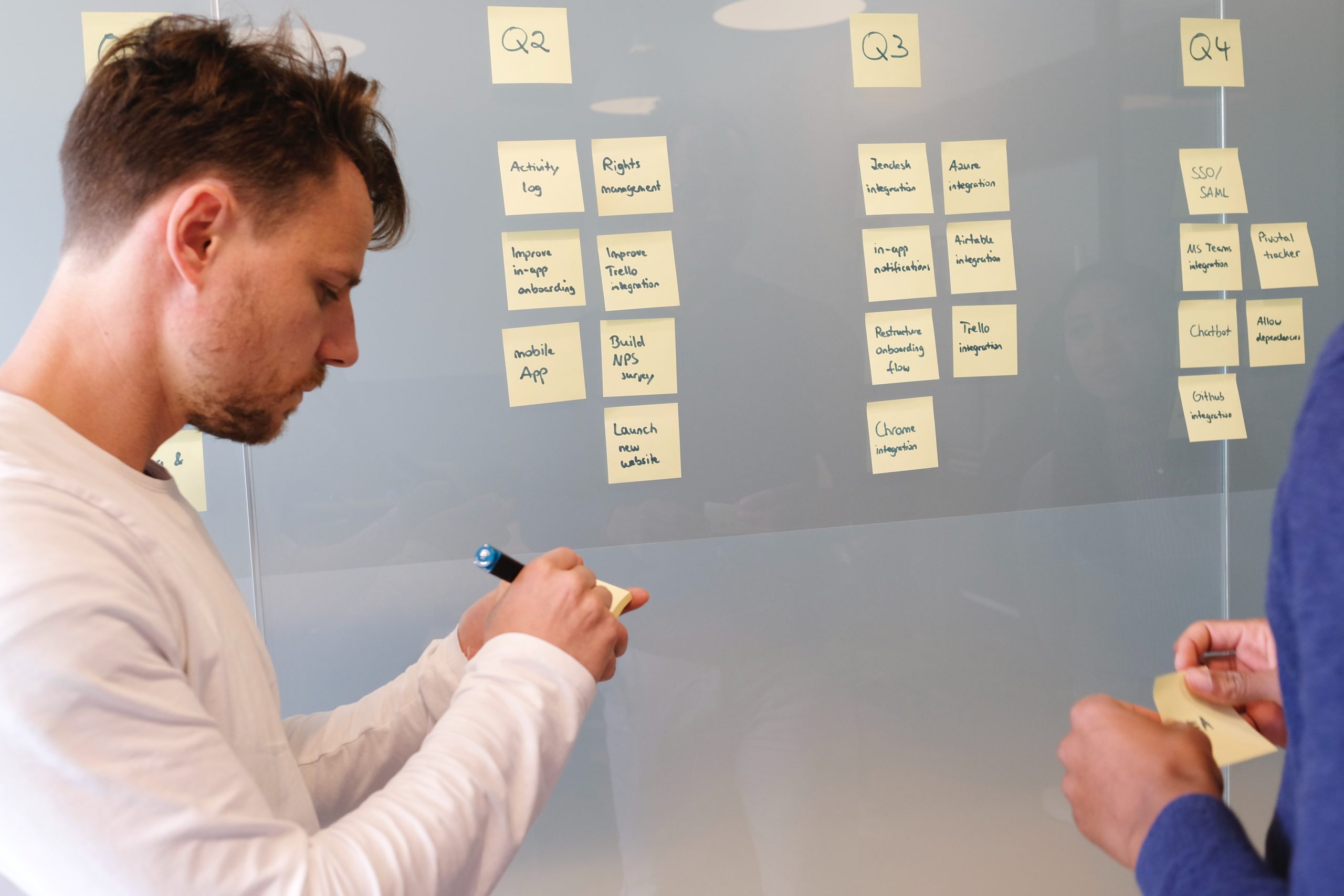There are about a million and one moving parts on construction projects. Not only do you need to plan for special permits ahead of time, but often material or equipment orders can take longer than planned. Not to mention, you will need to coordinate the schedules of a number of different professionals, many of which are likely working on multiple jobs simultaneously.
This can wreak havoc on a company’s productivity. And projects that go off schedule are almost guaranteed to be overbudget. So, it is no wonder that nearly a quarter of construction firms state that they are actively seeking to improve their job site performance.
But what exactly does this look like? How can moving toward more collaboration between all of these different moving pieces help you plan your projects better? In this article, we will go over some of the best practices to improve your planning and – as a result – your productivity.
Think Beyond the Spreadsheet
There are some major downsides when it comes to planning solely via spreadsheet. For starters, it is not necessarily an accurate representation of how the project is performing over time. Additionally, there is construction management software that can handle many other parts of the project, including bid management, billing, incident reporting, and much more.
You want to find software that works for your team, and can also keep you on track. For example, Building Information Modeling (BIM) software can help you in the planning stage, by visualizing a building very early in the process. These algorithms can help you calculate things like the most efficient pump or water heater sizes, based on estimated foot traffic.
Increase Transparency and Communication
As much as possible, it can help to share information with the different vendors that you are working with. Each party needs to know what their focus should be on any specific day. If one part of the project gets slowed down, that does not mean that everything else needs to stop; you can keep the process moving through increased visibility.
Beyond that: talk to your employees. They are on the ground each day and can be your sounding alarm if something starts to go wrong. Get them involved early on in the process and stay in touch throughout. They should feel a sense of responsibility.
Always Be Thinking About the Future
Investing in training is critical and will always be money well spent. This is particularly important for your on-site supervisors, who can pass on their new learning and skills to the larger team. Not to mention, this is a nice benefit for them to grow within their career path.
You should also be thinking about key performance measurements for the project – which can (and should) result in rewards for your crew. For example, hitting certain deadlines. This will improve communication and encourage your team to work together efficiently. Make sure it is clear what the ongoing status of these criteria are, so you can keep people motivated from start to finish.









